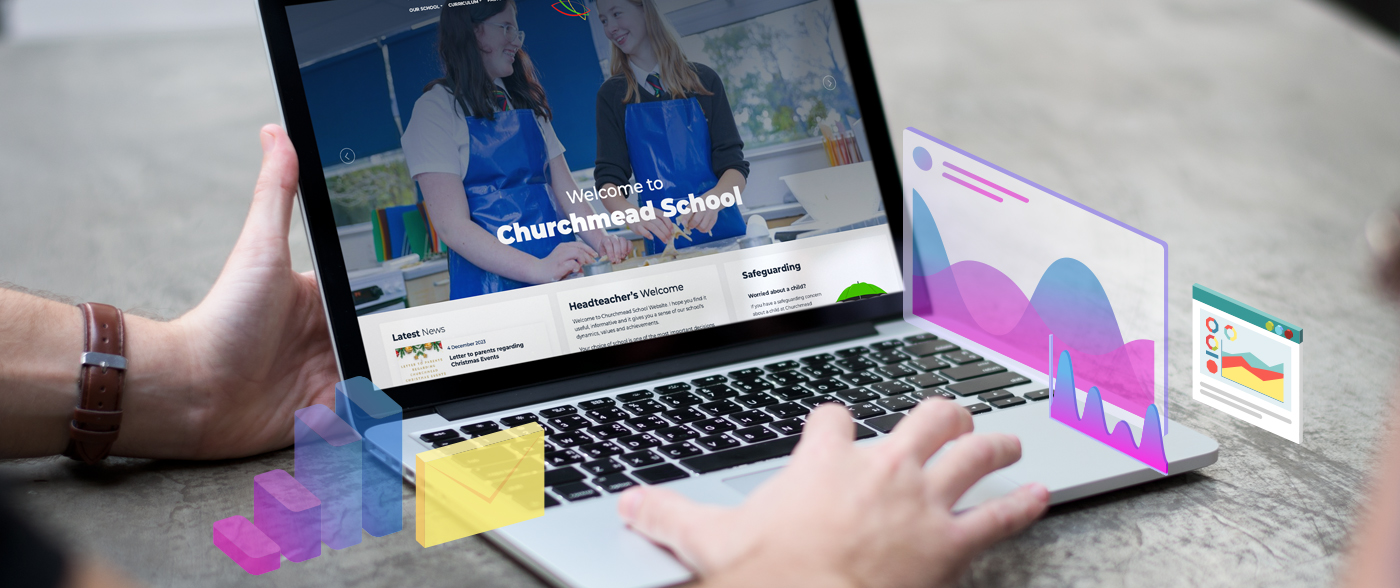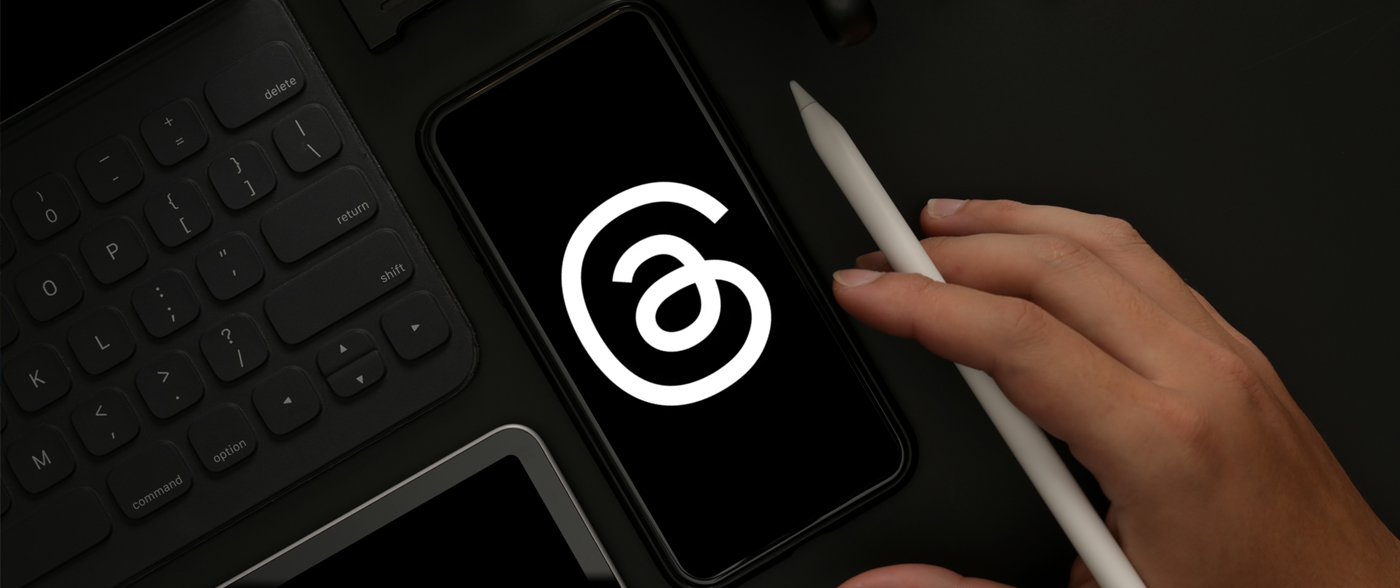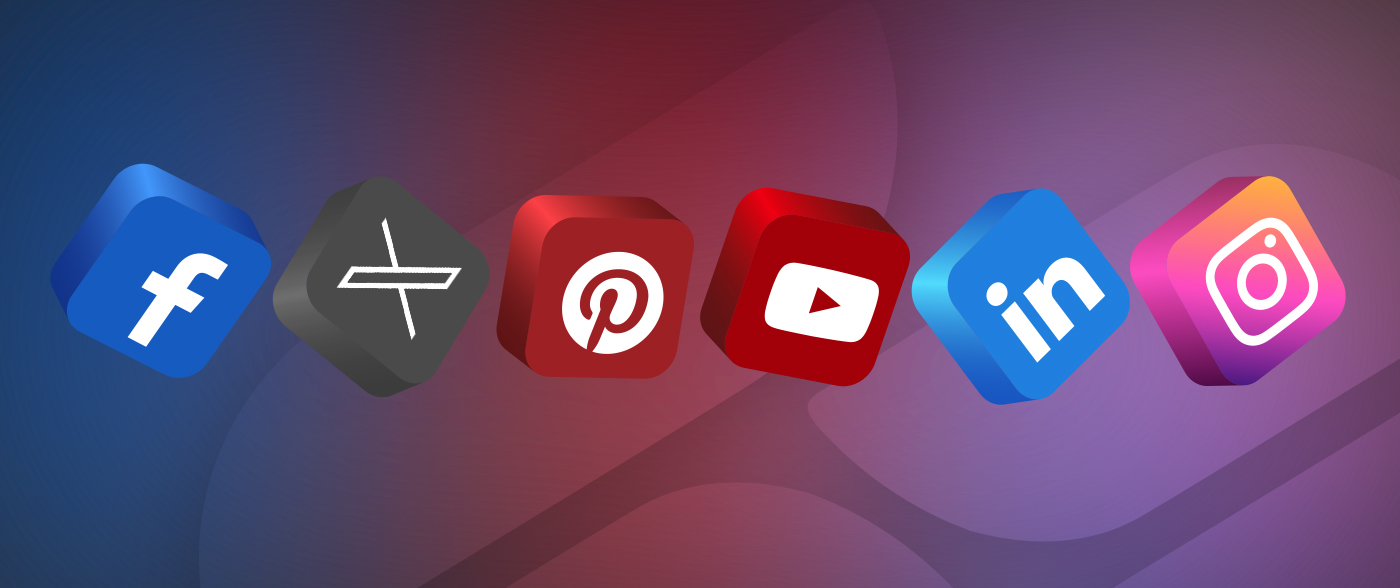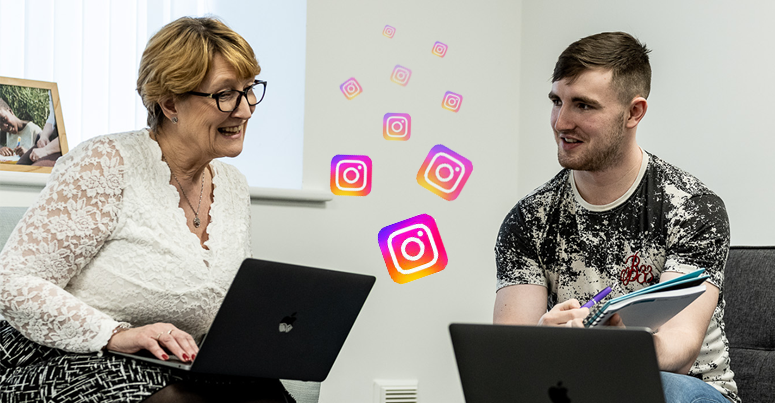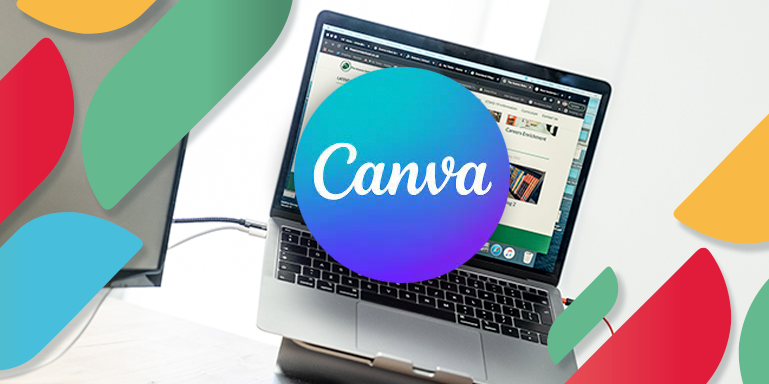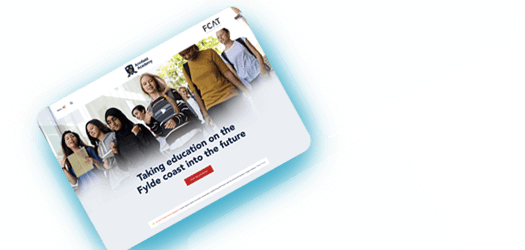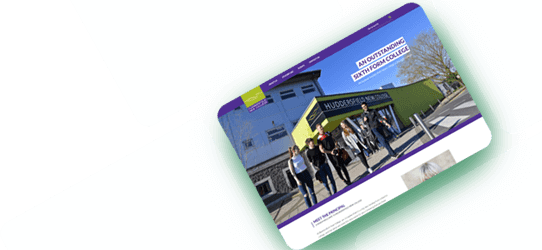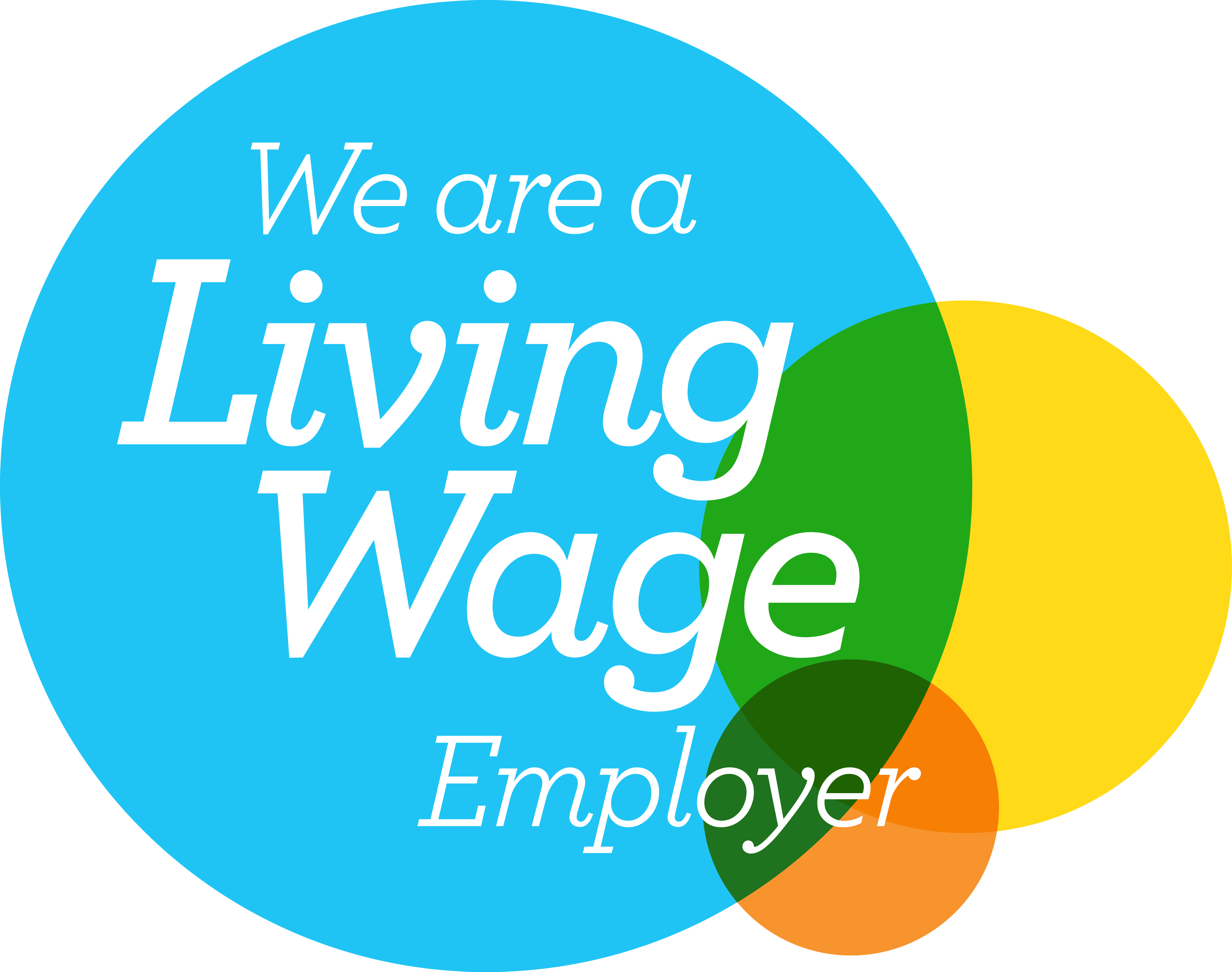Should your school be using YouTube?
Should your school be using YouTube?
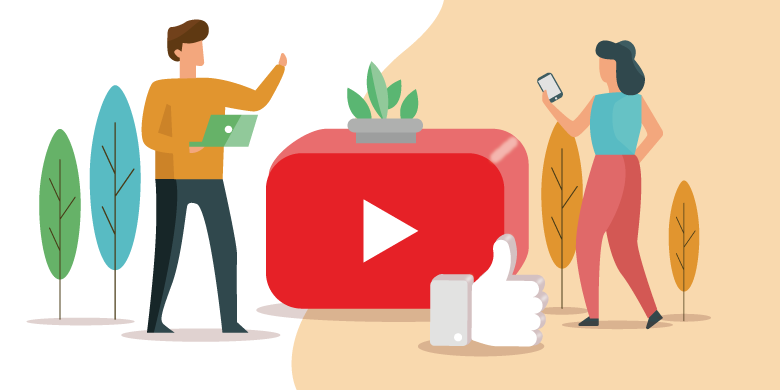
YouTube is the second largest search engine next to google. People upload more than 100 hours of video per minute to YouTube. It’s one of the best ways to communicate with a wider audience. The ultimate question is: Should your school be using YouTube? Let’s take a look…
What are the pros to using YouTube?
Educational Tool
It comes as no surprise that YouTube can be used as an amazing educational tool. The biggest benefit of using it in schools is to turn students into independent thinkers. With a number of different videos on the site, such as instructional videos, students can look for different sources of information to expand their knowledge on different subjects. Teachers can also integrate instructional videos into the curriculum.
Helping students learn at their own pace
The challenge that teachers often face is pacing a subject at the right level for all students. Some students are quicker at comprehending subjects while others may not be. YouTube is a virtual library and can be used to gather information to supplement learning. Teachers can also create different playlists to help students understand certain topics in more detail.
Learning outside the classroom
Learning is not limited to the classroom. With YouTube, you have the ability to take lessons outside of the classroom. This is useful for a number of reasons; students can use YouTube to review material they didn’t properly understand at school. It also allows them to find informative videos to help them prepare for their homework and exams.
What are the cons to using YouTube?
Slow internet
When looking at reasons why YouTube shouldn’t be allowed in schools, the most obvious problem is it uses a lot of bandwidth. So if a large number of people access YouTube simultaneously this will most likely cause the internet connection to slow down quite dramatically.
Viewing inappropriate content
Students could be viewing inappropriate content. With having access to so many videos, there’s a high risk that students can be watching inappropriate videos. However, this isn’t limited to school. It can be at home or on any mobile device with internet access, as long as the child is unsupervised. It can also be a problem if a video is interrupted by ads that are deemed inappropriate. A potential fix for this problem is turning on restricted mode. You can access this feature by clicking on your profile and activating restricted mode. This feature helps hide potentially mature videos, however, no filter is 100% accurate so just bear that in mind.
Not all YouTube videos are reliable
It’s probably no surprise that there are still a number of videos on YouTube that use unreliable sources for sources. So what exactly does this mean for a school? Well, it means if you decided to add YouTube into your curriculum, you would have to take the time to vet each video that you wanted to use.
In Conclusion…
YouTube is a powerful educational tool that can play a huge role in shaping students minds. However, when the use of YouTube is abused it becomes a liability for the school. If Youtube is used in school then it must come with a strong internet safety policy. If, as a school, you deem it useful and are willing to deal with any negative repercussions then definitely integrate YouTube into the curriculum.
What’s next?
If your school isn’t confident in allowing the use of YouTube in school but you are interested in creating videos as a learning tool, then enrol on our Creating great video with your phone course!
Already creating your own videos, amazing! Have a read through this blog post on 4 effective video editing ideas to keep your audience engaged.

